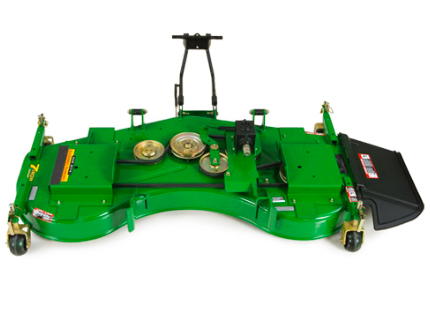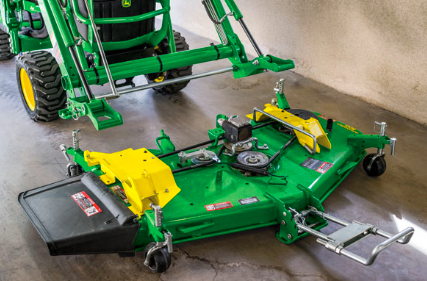John Deere Auto Connect Decks are a robust and reliable piece of machinery, but like any complex machinery, they can run into issues from time to time. Investigating these issues and understanding their causes can help keep your equipment running smoothly and efficiently. In this article, we will explore some of the most common John Deere Auto Connect Deck problems and provide solutions to help keep your equipment running as it should.
💥See also: John Deere S660 Problems
Understanding and Resolving Common John Deere Auto Connect Deck Problems

John Deere, Auto Connect Decks, are robust and reliable, but problems can arise occasionally. Knowing the causes and solutions to prevent these issues is essential to keeping your equipment running optimally. This article overviews common John Deere Auto Connect Deck problems and solutions to help keep your machinery in top condition.
1. Deck Engagement Problems
John Deere Auto Connect Decks are known for their robust and reliable performance, but they may occasionally experience problems with deck engagement. This can happen due to worn or damaged disengagement cables, shear pins, or other components. To troubleshoot this issue, inspect and replace any worn or damaged parts and adjust the tension on the cables. John Deere Auto Connect Deck owners may also need to inspect the PTO switch and clutch for damage or wear.
2. Spindle Bearing Issues
Another common issue with John Deere Auto Connect Decks is spindle bearing problems. These can cause the deck to vibrate or not cut evenly. To resolve this issue, inspect the spindle bearings for any wear or damage and replace them if needed. Ensuring that the spindle bearings are adequately lubricated is also essential to avoid further issues.
⚡️ Another article: John Deere Power Steering Problems
3. Clutch Problems
John Deere Auto Connect Decks can also experience problems with the clutch. This can range from a slow or sluggish response to the engine not being able to engage the clutch. To troubleshoot this issue, inspect the clutch for any signs of wear or damage and replace any worn parts. It is also essential to check the tension on the clutch cable and adjust it accordingly.
Key Takeaways for Troubleshooting John Deere Auto Connect Deck Problems
- Inspect cables and hoses for any wear or damage and replace them if necessary.
- Check the PTO switch and clutch for any wear or damage and replace them if needed.
- Inspect the spindle bearings for any wear or damage and replace them if necessary.
- Check the clutch for any wear or damage and replace worn parts.
- Check the tension on the clutch cable and adjust it accordingly.
- Ensure the lubrication process is completed correctly and the parts are regularly lubricated according to the manufacturer's instructions.
- Replace or clean clogged filters regularly.
- Replace blades that are damaged or worn down.
Ensuring Optimal Performance of John Deere Auto Connect Decks
Regular maintenance and troubleshooting of John Deere Auto Connect Decks can ensure that they perform optimally and last for a long time. By inspecting cables and hoses, the PTO switch and clutch, spindle bearings, and the clutch, and following the manufacturer's instructions for lubrication and filter cleaning, owners can avoid common issues with their Auto Connect Decks. Additionally, replacing damaged or worn-down blades can help maintain the deck's performance. With the proper care and maintenance, John Deere Auto Connect Decks can provide reliable, powerful performance for years.
💥See also: John Deere M Series Problems
